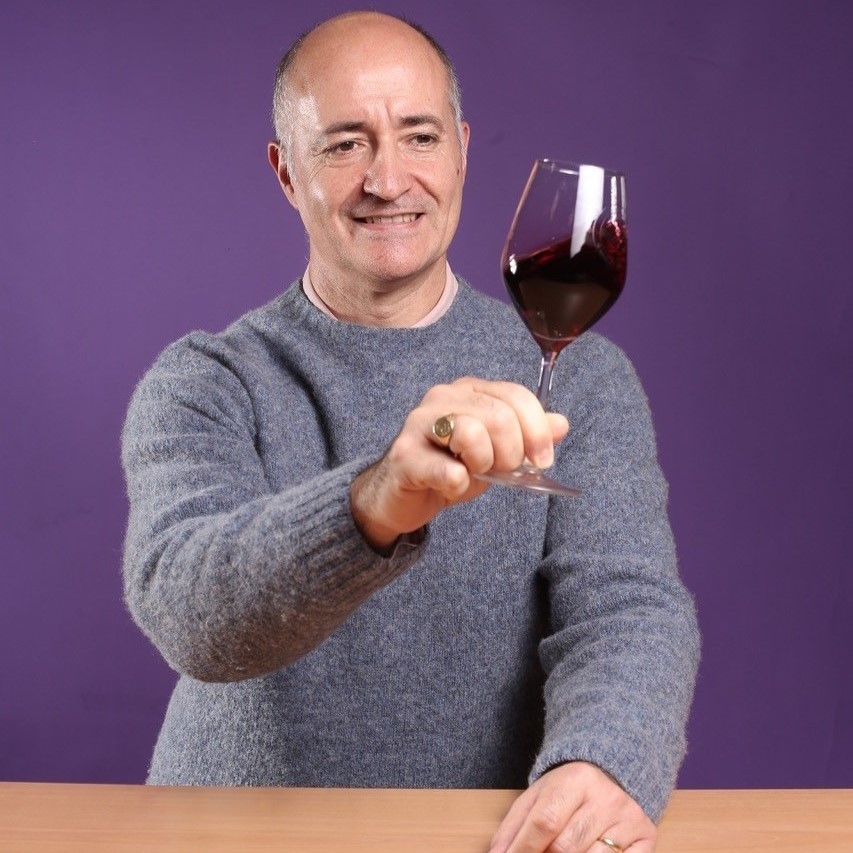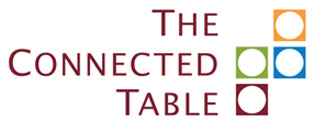A recent – and first – trip to Languedoc-Roussillon introduced to the wide range of wines produced in this area of southwest France, one of the country’s largest growing areas. While “Languedoc” and “Roussillon” are usually hyphenated together and referred to administratively as “Occitania,” we found them each unique and deserving of separate attention.
Roussillon is the southerly and smaller of the two regions. Its location just north of the Spanish border in the department of the Pyrenees Orientales hugs the Pyrenees Mountains and Mediterranean Coast to the south. Surrounding Roussillon are Corbières to the north and Mont Canigou to the West. Three rivers, the Têt, Agly and Tech run through this region. The confluence of rivers and mountains create varying microclimates for cultivating grapes.
A distinguishing feature is the red clay, oxidized iron-rich soils which gives the region its name, Roussillon. The abundance of iron in these soils also made Roussillon a center for producing weapons in the Middle Ages and beyond. This soil is also good for producing still dry red wines, most traditional Grenache-Syrah-Mourvèdre varietals.

Roussillon vignerons welcomed us for a vineyard lunch during our trip.
Roussillon has 15 AOP certified wines made from 24 grape varieties. Though dry wine production represents only about 2% of volume nationally, we found the whites reds and rosés palate pleasing and worth seeking out stateside. However, Roussillon’s Vins Doux Naturels (VDN) are the standout stars in terms of production, representing 80% of total sweet wine production in France and 60% worldwide.
Some of the more well known include Banyuls, Maury, Rivesaltes and Muscat de Rivesaltes. Like many fortified wines, VDN were frequently used for medicinal purposes centuries ago. In fact, the fortification process used to make VDN, known as “mutage,” was developed by Arnau de Vilanova, a director of the University of Montpelier who also served as a doctor for the royal court of Majorca. Mutage involves fortifying the wine with a neutral grape before fermentation is complete, this preserving some of the wine’s naturally occurring sugar.

Selections of Roussillon Vns Doux Naturels tasted during a dinner.
During our visit, we attended two informative master classes on Roussillon wines led by Eric Aracil, co-director and export manager at the CIVR (Conseil Interprofessionnel des Vins du Roussillon). A lifelong resident of the Roussillon who was born into a wine-growing family. Eric noted that, given Roussillon’s location, Catalan Spanish influences can be found in the local cuisine and culture.

Eric Aracil, co-director and export manager at the CIVR (Conseil Interprofessionnel des Vins du Roussillon)
Listen to our discussion with Eric Aracil on The Connected Table LIVE here:
